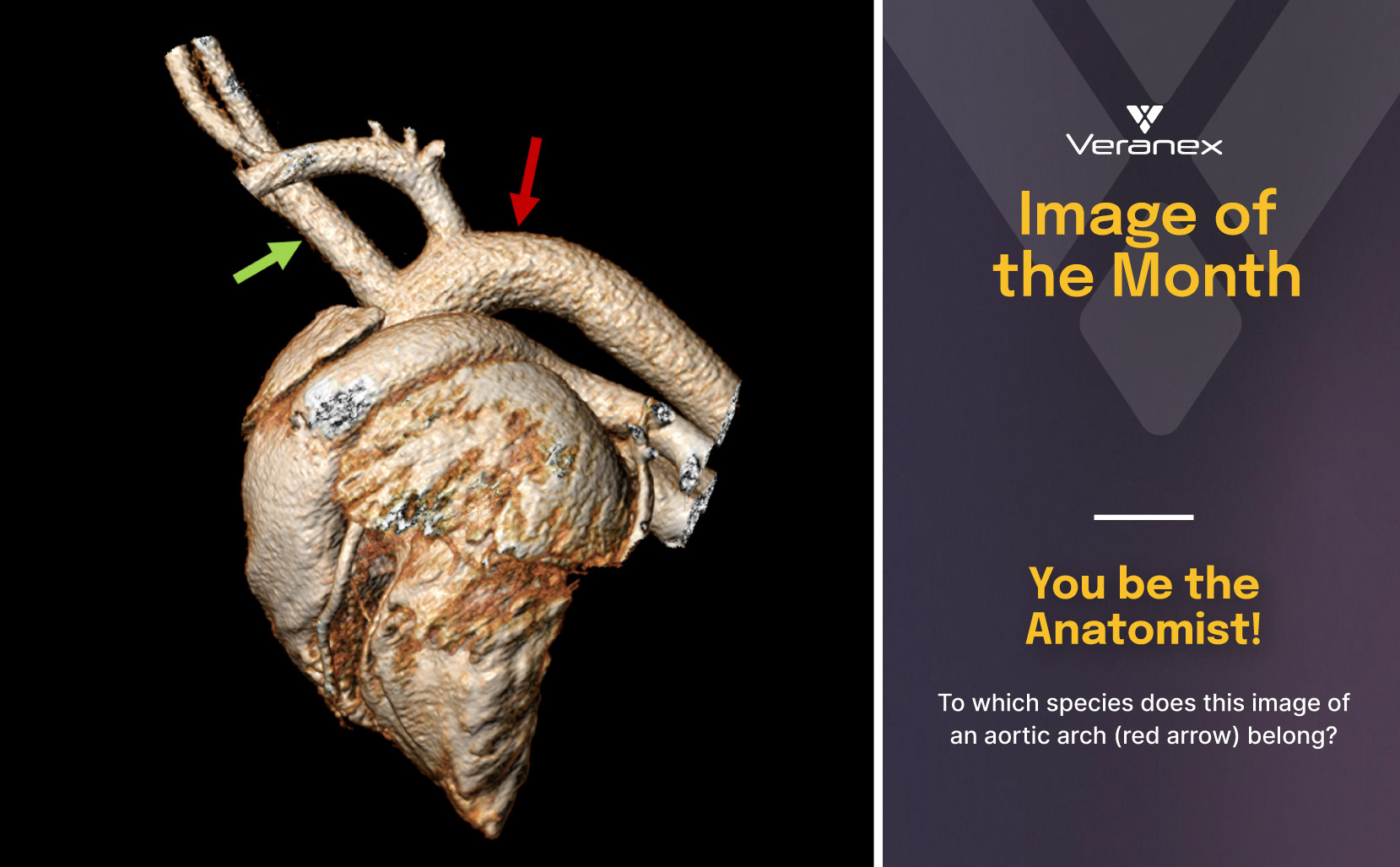1 min read

Traditional CROs fragment device development with costly hand-offs and learning curves. Veranex unites the essential disciplines for medical device & diagnostic development under one roof from sketch to evidence-generation to market launch.
All connected. All aligned. All accelerating your path to market—delivering breakthrough devices and diagnostics that improve patient lives sooner.
Breakthrough innovation requires more than great solutions; it demands deep expertise and insight. Veranex packages outcome-driven solutions with 25+ years of specialized knowledge across major medtech categories, delivering integrated capabilities that solve your most pressing challenges faster and with greater certainty.
Purpose-built solutions. Proven results. User & Patient-centered innovation.
Whether you're transforming patient care or disrupting entire therapeutic categories, innovation requires more than great science, it demands velocity. Veranex was founded to bridge the gap between visionary concepts and market reality, combining proven expertise with agile execution to accelerate the innovations that matter most.
We are the Innovation CRO.
Legacy of excellence. Proven execution. Patient impact accelerated.

To which species does this image of an aortic arch (red arrow) belong?

This is an image of a porcine (pig) aortic arch!
Here’s how we know: From the aortic arch (red arrow) emerge two branches, (i) the brachiocephalic trunk (green arrow) and (ii) the left subclavian artery. The brachiocephalic trunk gives rise to the right subclavian artery and the left and right common carotid arteries.
Pigs have emerged as a widely used model for surgical and interventional medical device evaluation, especially with respect to cardiac valve replacement and repair. Anatomic and physiologic similarities between pigs and humans make porcine species highly relevant animal models for translational research in cardiovascular medical device innovation. Understanding the differences between porcine and human anatomy is critical to guiding medical technology development and extrapolating observations in pig models to the expected safety and performance of medical devices in human patients.
This image is a 3D reconstruction of cardiovascular anatomy acquired using Veranex’s state-of-the-art CT scanning system by Canon and 3mensio 3D reconstruction software.
If you are interested in learning more about our preclinical expertise and pathology services, we encourage you to get in touch with us. We would be delighted to discuss your specific needs and plans.